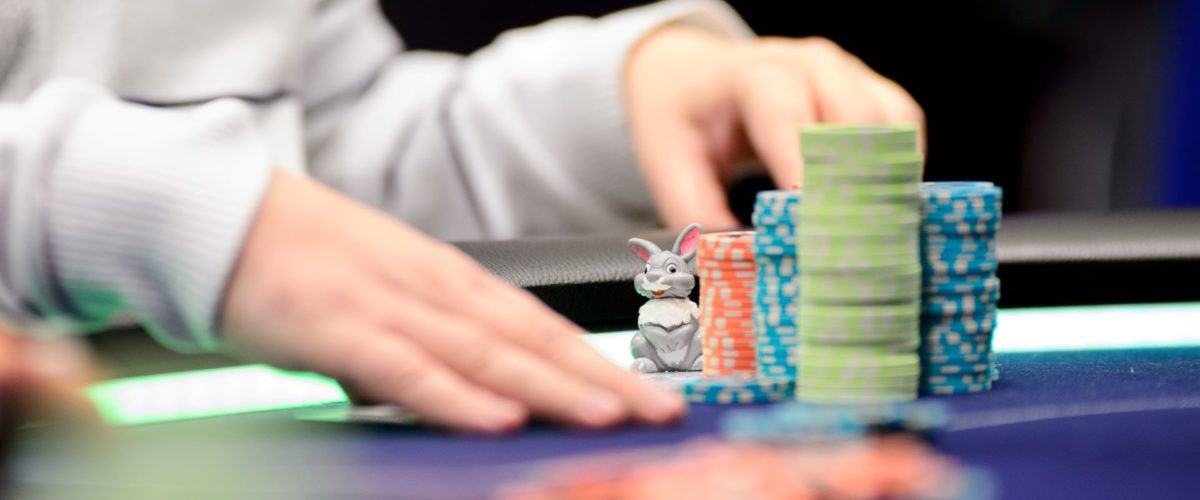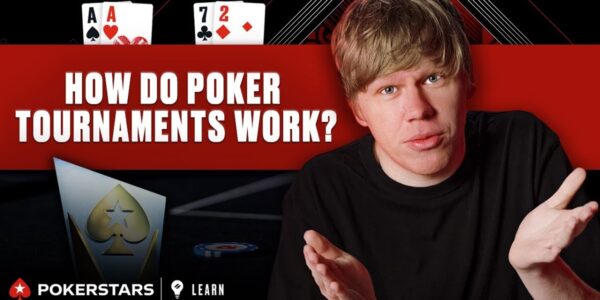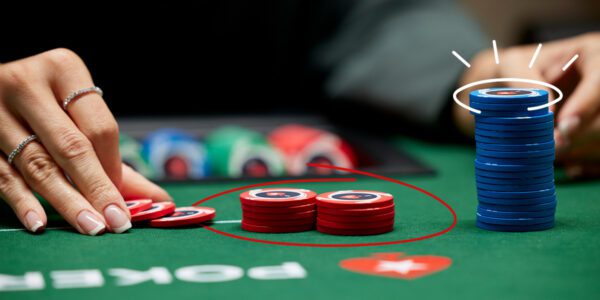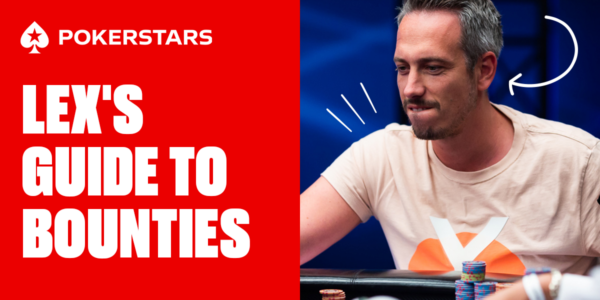Playing on the Bubble: Short Stack
When we enter a multi table tournament (MTT), hopefully we are doing so with the intention of winning the event. The most money is paid out to the top 3 spots, and specifically to the winner. This means we should never enter an event with the mindset of “wanting to make the money”, because as the money bubble approaches, this mindset may lead us to making poor decisions and missing opportunities to chip up for fear of busting near or on the bubble. That said, are there times to get tight on the bubble and wait for it to burst? I believe that there are, and was confronted with such a situation in a recent tournament.


This was a $55 buy in online tournament that paid 45 places. A min-cash was worth $88 while 1st place paid around $2800. With 46 remaining, the bubble was being drawn out by 2 players, one on my table and one on another table, who were folding everything in hopes of sliding into the money with no chips. And by no chips, I mean both players actually at points blinded down to literally less than an ante and were anted all in. And both won several microscopic stack all-ins to survive. This left me and several other players in an awkward spot, as I’d gotten short myself. I ended up folding some hands that would be clear all ins on a <5bb stack, and eventually made it into the money with 3bb’s.
So if the ultimate goal is to win the tournament, what are we doing here? When our stack is very short on the bubble, it’s the prudent thing to do, waiting out the bubble if we can. Here’s the thing: The pay jump, while only a min cash, was from $0 to $88. That’s not an insignificant jump… in fact in this tournament the next pay jump greater than $88 occurred at the final table. So should we just fold everything and make sure we lock that money up? No, of course not, it depends on how deep our stack actually is. Let’s break down some stack depths and look more closely. And of course this is assuming there are 1 or more stacks in critical danger of being blinded (or as was the case in my tournament above, anted) all in before you’d be at risk blinding all in yourself.
1-6 Big Blinds
This is the range where you should consider trying to wait the bubble out. It’s not a concession to the original goal of winning… unfortunately it’s just where we are sometimes. If we put our chips in with 3BB for starters, we don’t have fold equity, so we should expect to have to win a showdown (at the very least, against the big blind player). If we lose, we bubble and get $0. If we win, we double up to 6-7BB… does this new stack make a tangible impact our chances to make a deep run and win the tournament? No, we’re still going to be on life support. Yes, we’ll get ITM now, but if we could have done that anyway by just folding a few more hands without risking an $88 pay jump, then it seems like an unnecessary risk.


7-15 Big Blinds
Depending on how the stack distributions are, this is the range I’m more likely to press some of those hands I was folding on the shorter stack. I am more likely to bubble the tournament from this stack range than from the 1-6 range in fact. If you’re thinking at first glance this seems weird, you’re not wrong… it’s a bit counter intuitive. But consider the factors we talked about above in the 1-6 blinds range. When jamming first in with 13 big blinds, we have some legitimate fold equity to leverage, and our all in will result in taking down the blinds and antes without a fight a tangible % of the time, which are valuable chip pick-ups. And, should we get called and win the hand, now we’ve doubled up to 26-28 big blinds… a change in our stack depth that does provide a tangible increase in our chance to run deep and win the tournament by giving us a lot more stack utility, increasing the tools we can pull from our tool belt and the threat we provide to other stack’s lives. Shoving, getting called by a bigger stack, and losing still will happen sometimes. And when it does it will be natural to feel bad about not folding and locking up that min-cash. But the penalty of busting on the bubble in this scenario is compensated for by the numerous times we chip up the blinds and antes without a fight, plus the times we get called and win the full double, making our stack a real threat. These forms of compensation weren’t available when we sat with 4 big blinds.
A few points of clarification are in order. First, these aren’t lines in the sand thresholds, they are generalized, having 5.9bb or 7.1bb doesn’t automatically put you in one bucket. I’ve been in live mtt’s where players folded to 4bb shoves and they got through. Also others where people called off 12bb shoves liberally on the bubble. Your mileage may vary. Second, when talking about being more likely to bust the larger of the 2 categories, that doesn’t mean to imply we should be overly aggressive or jam garbage in bad spots. But when the opportunity presents itself I’m more comfortable moving on it and putting my tourney life potentially at risk as long as the compensation for assuming that risk is present.
Last, what if you have a bigger stack? Congratulations! In the next article we’ll dive into that fun and exciting space of being one of the big stacks on the bubble.













